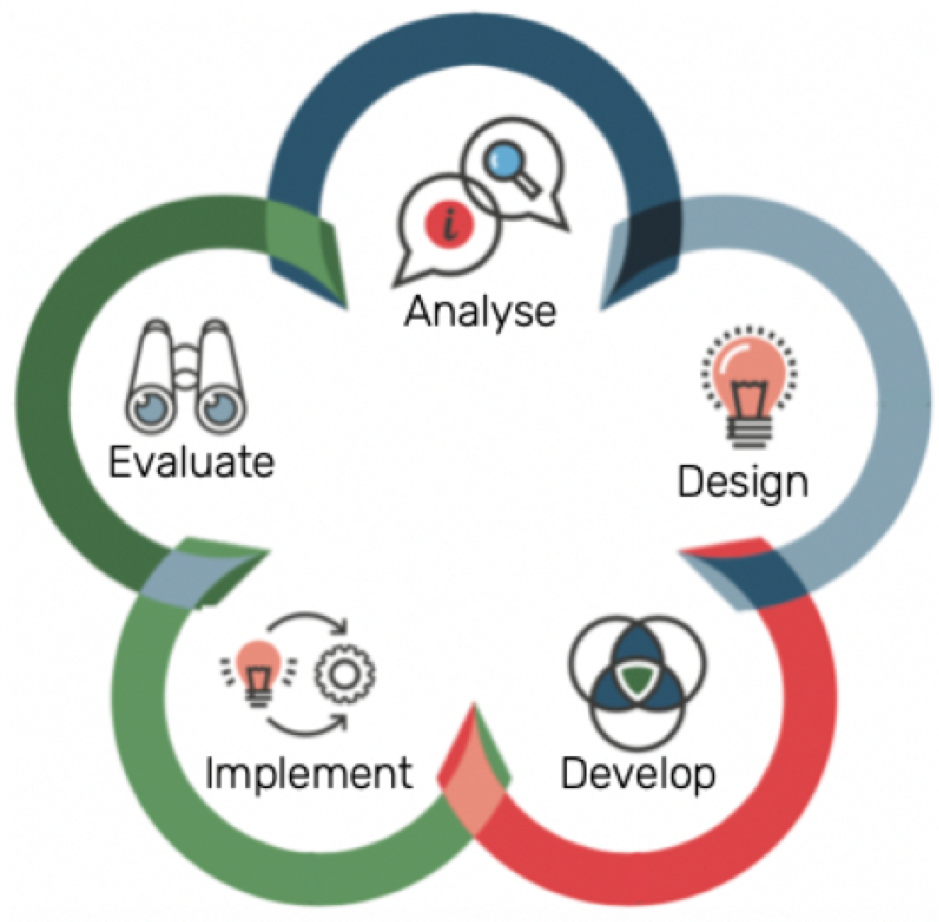Introduction
Considering the transformations that have shaped nursing education in the 21st century, it is evident that technological advancements, globalization, and cultural diversity have fundamentally changed the landscape of healthcare and nursing practice. As nursing educators, we must understand these developments to prepare our students for the rapidly evolving healthcare environment. Integrating electronic health records (EHRs) has been a significant advancement, revolutionizing patient care by providing seamless access to comprehensive patient data. This has dramatically improved clinical decision-making and ultimately enhanced patient outcomes, highlighting the immense impact of technology on modern nursing practice. Furthermore, the increasing complexity and connectivity within healthcare systems emphasize the vital need for interprofessional collaboration. Adapting to this shift is crucial, as it has profound implications for care delivery and the dynamics among healthcare professionals. Cultural competence has become a critical aspect of nursing education, emphasizing the importance of respecting patients' diverse values, beliefs, and behaviors. Effective communication and personalized care tailored to individual cultural backgrounds have become essential skills for today's nursing professionals. As educators, we must be mindful of these shifts to adequately prepare our students for the interconnected and diverse healthcare environment they will be entering.
Instructional Context
Nursing educators must recognize that diverse learning environments demand tailored educational strategies. By comprehending the specific contexts in which instruction occurs—whether it be in-person, online, or hybrid formats—educators can feel more prepared and adaptable, crafting more effective and engaging learning experiences.
Design Models
Design models provide a structured framework to address diverse learner needs systematically. Utilizing models such as ADDIE (Analysis, Design, Development, Implementation, Evaluation) allows educators to meticulously plan and execute instructional strategies that accommodate various learning styles and cultural backgrounds. This inclusive approach fosters a sense of consideration and inclusivity, ensuring that all students are catered to. For instance, incorporating multimedia resources can enhance understanding for visual learners while fostering inclusivity by presenting content in multiple languages or culturally relevant examples.
Learning Objectives
Learning objectives must be specific, measurable, achievable, relevant, and time-bound (SMART). This ensures that each aim is clear and attainable for all students, regardless of their background or prior knowledge. Good learning objectives include an understanding of international healthcare systems and practices. This global perspective prepares students to work in diverse settings and collaborate with healthcare professionals worldwide and be culturally sensitive.
Lesson Plan
Recognition of instructional context, design models, and appropriate learning outcomes and incorporating these into lesson plans, nurse educators can prepare students to deliver culturally sensitive care, thereby improving patient outcomes across diverse populations. Allowing the nurse educator to create structured yet flexible lesson plans that not only impart knowledge but also foster critical thinking and adaptability among nursing students
Incorporating technological advancements into lesson plans enhances student engagement and prepares future nurses for a healthcare environment increasingly reliant on digital tools. Effective lesson plans should encompass international case studies and cross-cultural healthcare practices to provide students with a more global perspective. Cultural diversity within the classroom itself necessitates teaching strategies that are inclusive and culturally sensitive. Lesson plans should integrate diverse cultural contexts into their scenarios and discussions, helping students develop cultural competence—a crucial skill in providing patient-centered care in today's multicultural societies.
References
1.Thorne SE. Nursing education: Key issues for the 21st century. Nurse Education Today. 2006 Dec;26(8):614–21.
2.Whitehead D. Nurse education in the future: Will one size fit all? Nurse Education Today. 2005 May;25(4):251–4.

No comments:
Post a Comment